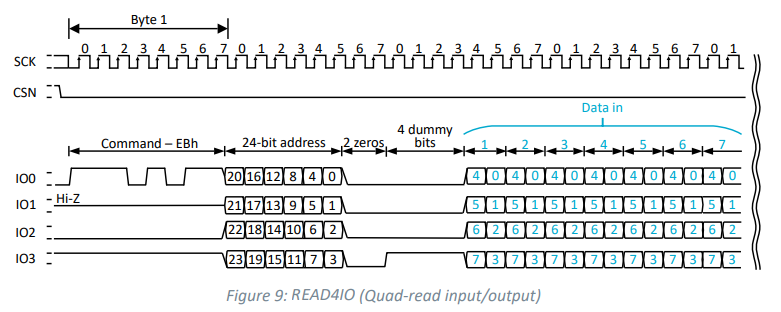Good Day,
We have an ongoing project that uses an RP2040 MCU (with FreeRTOS) and we need to add WiFi capabilities to it. It needs to be dual-band and fairly high throughput, both of which the nRF7002 fit the description of. It's clear, after reading the docs, that the nRF7002 is meant to be used with the other nRF MCUs, although usage with other MCUs is mentioned in passing. After thinking through how this would be achievable on an RP2040, I've narrowed it down to three key steps:
- Implement QSPI using the RP2040's PIO.
- Write C functions to communicate with the nRF7002 through QSPI.
- Write the necessary callback functions for the FreeRTOS+TCP port layer to link the nRF7002 and the network stack together.
The problem is, after reviewing the product specification (https://docs-be.nordicsemi.com/bundle/ps_nrf7002/attach/nRF7002_PS_v1.2.pdf?_LANG=enus), while it goes into some detail on the nRF7002 QSPI commands (page 17), there are still some details missing, like the memory map of the device. I guess my big questions are:
- At a conceptual level, what are the typical steps (QSPI commands) to initiate a transmission? And likewise, what are the typical steps for a reception.
- How do you program the OTP?
Any guidance would be greatly appreciated.
Thanks much,
Matt



